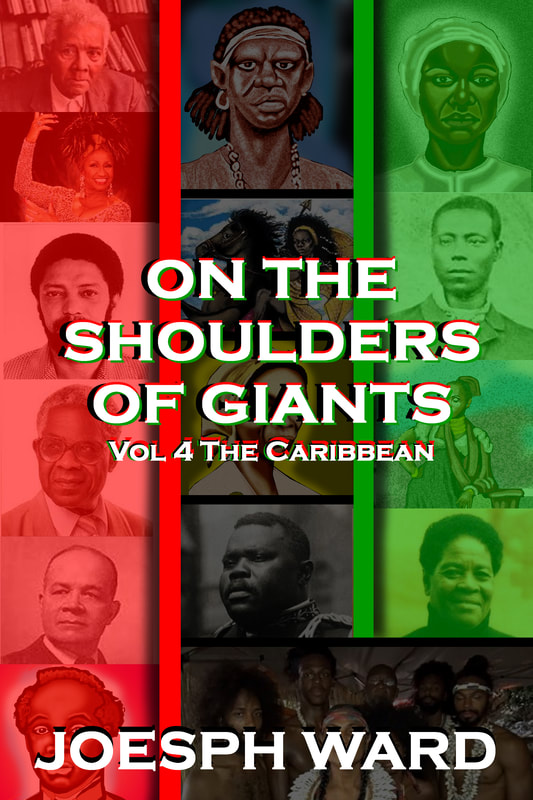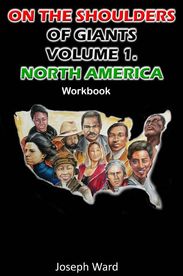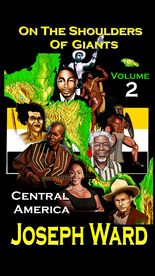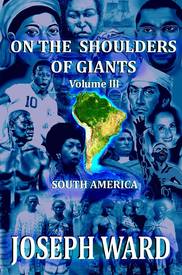|
On February 12, 1855, Frances “Fannie” Barrier was born to Anthony and Harriett Barrier in Brockport, New York. Fannie was the youngest of Anthony and Harriett’s three children. Anthony worked as a barber, coal salesman, and church leader who was well respected in his community. Harriett was a housewife who taught classes at her church and played the piano. The Barrier family was one of a handful of black families living in Brockport. Fannie was a very smart child, she excelled in her academics, playing instruments, and creating art. Following in her mother’s footsteps, Fannie excelled as a pianist. Because the Barrier family lived in an all-white town, their children attended an all-white school, but Fannie and her siblings were excellent and popular students. In 1970, as a college student, Fannie became the first black person to graduate from the Brockport, New York State Normal School, which is now the SUNY-College at Brockport. Fannie’s professional career began as a teacher in Missouri where she experienced extreme racism and segregation for the first time. Even though her family was one of the few black families in Brockport, they did not experience Southern American racism. Disheartened by the racism she experienced, Fannie left Missouri for Boston, Massachusetts, to study piano at the New England Conservatory of Music. Fannie left Missouri because of the racism but had no idea racism would be waiting for her in Boston. White students did not want Fannie to attend the New England Conservatory of Music, so she was forced to leave the school. Upset and hurt because she was dismissed from the school, Fannie moved to Washington D.C. and resumed her teaching career. She also enrolled in Washington D.C.’s School of Fine Arts to study portrait painting. Fannie used her social skills to network with educated and prominent blacks in D.C. which helped her make the proper connections she needed. She was also able to meet a black lawyer named Mr. Samuel Laing Williams who became her husband in 1887. Fannie and Samuel moved to Chigaco and quickly became a notable family within the city. They were excellent at networking with black and white people in important positions. Their connections were essential in helping them fight racism. Samuel and Fannie were able to use their talents to give back to their communities. Fannie was a teacher who taught undereducated blacks, and blacks newly freed from slavery, Samuel created a club for black elites called the Prudence Crandall Study Club. Fannie and Samuel also used their connections to help establish the Providence Hospital in 1891. The hospital was created to be led by black people, it hired and admitted black people, it also offered a training school for black nurses who couldn’t study at white schools. The Williamses became members of the Unitarian Church in Chicago, where the pastor and the congregation fought for the rights of blacks and women. Fannie and Samuel were among the black Elite of Chicago after moving from Washington D.C., they used their prominence to give back to the blacks who were less fortunate. Fannie taught music to black women and even became very active in fighting for the rights of women. Fannie, along with a woman named Mary Jones created a women's rights organization called the Cultured Negro Women. Fannie became a member of the Illinois Women’s Alliance (IWA), which opened the door for other black women to join the organization. The IWA was known for bringing public attention to the issues of women in the U.S. In 1889, Fannie became the vice president of the IWA, she focused on serving poor women who suffered from health and hygiene issues. Fannie became acquainted with Frederick Douglas and Booker T. Washington, who helped her better represent black people and fight for black issues. She became a traveling lecturer who often spoke on behalf of the rights of black people and black women. In 1893, Fannie was selected to speak at the Chicago Columbian Expose. Black women were not permitted to have positions in the planning of the expose and hosting exhibitions. Fannie fought for black women to be represented in the expose. As a result of the efforts of Fannie and other black women, two positions were given to black women to shut them up and make them feel better. Fannie was given the position of clerk of colored interest, she was also allowed to address the audience at the expose. Fannie spoke to the World's Congress of Representative Women, she dispelled the idea of black women being inferior to white women because they were slaves. She then called for all women to unite and fight for the rights of all women. Next, she addressed the World's Parliament of Religions, calling for all churches to embrace people because of who they were and not because of their race. These two speeches made Fannie an American household name and notable women's rights activist. Fannie’s prominence was growing and she was earning the respect of her peers. Her oratorical skills were so loved that she was selected as the only black woman to eulogize Susan B. Anthony in 1907. Fannie was involved in the founding of the National League of Colored Women, the National Association of Colored Women, the National Association for the Advancement of Colored People (NAACP), and the National Federation of Afro-American Women. Fannie and Samuel's activism seemed to never stop. They became active in the Hyde Park Colored Republican Voters Club and Taft League, encouraging blacks to vote and helping them learn the voting process. She also helped to develop the Frederick Douglas Center and the Phyllis Wheatly Home for girls in Chicago. In 1896, Fannie was inducted into the Chicago Women’s Club. Fannie became a supporter of Booker T. Washington’s message in 1900 and became the first black woman to be a part of the Chicago Library Board in 1924. After Samuel Williams’ death in 1921, Fannie moved back to Brockport, New York in 1926 to live with her sister until her death in 1944. Fannie was adamant about black people and black women gaining their rights and being treated as human beings by white Americas. Fannie and her husband were financially comfortable and well-connected in the cities they lived in, but they still understood the obligation to help their people fight oppression, and live better lives. To Mrs. Fannie Barrier Williams, we proudly stand on your shoulders. J.A. Ward Click here to support the OTSOG book series. References: https://www.chicagohistory.org/fannie-barrier-williams/ https://uudb.org/articles/fanniebarrierwilliams.html https://en.wikipedia.org/wiki/Fannie_Barrier_Williams
0 Comments
Leave a Reply. |
Details
Categories
All
Click Here to join our mailing list
|
Contact Us: |
Connect With Us |
Site powered by PIT Web Design

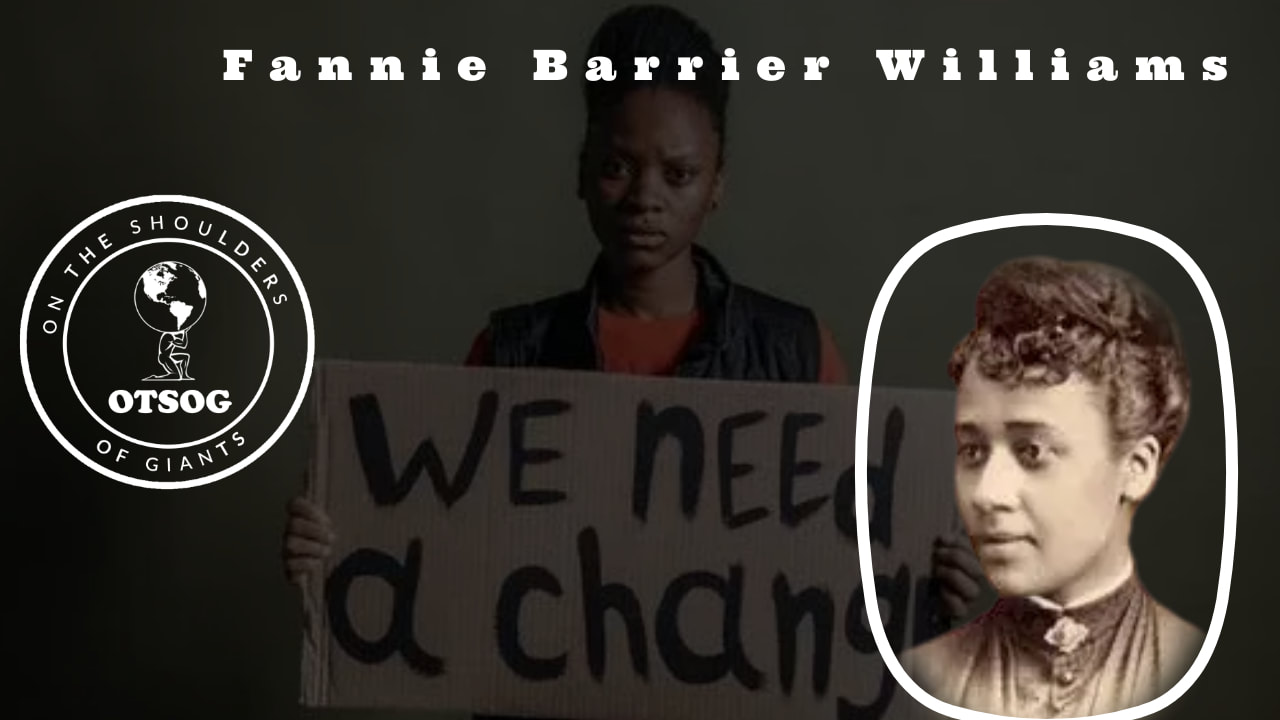
 RSS Feed
RSS Feed
